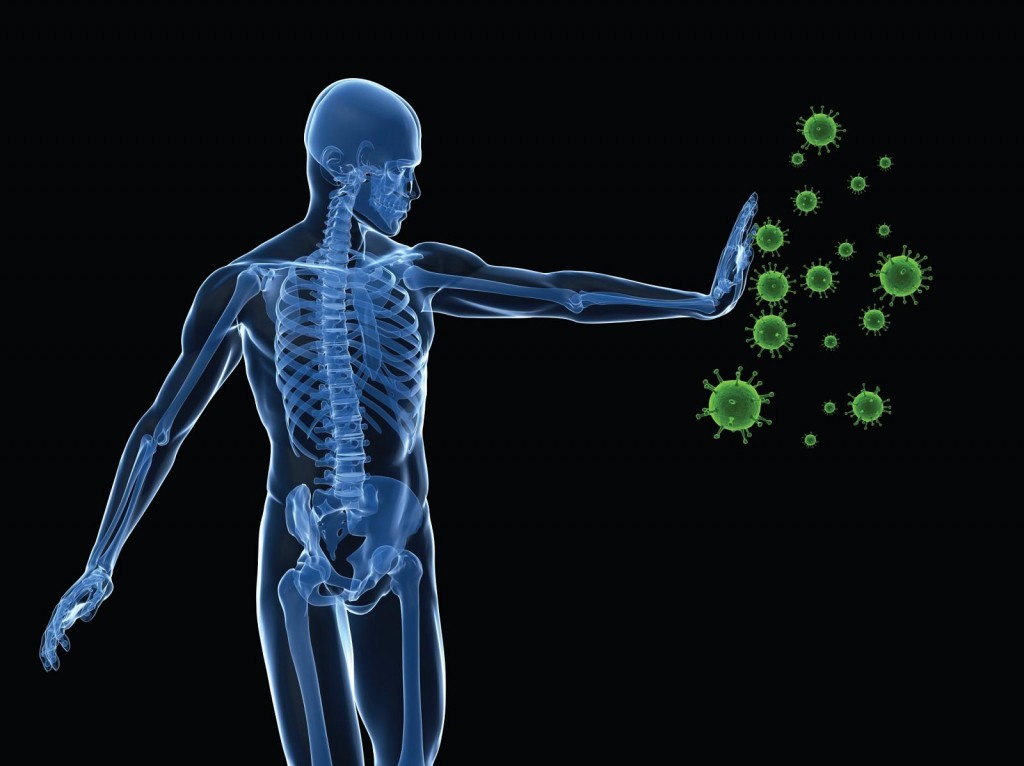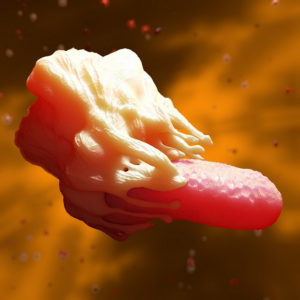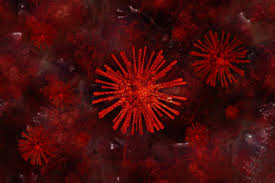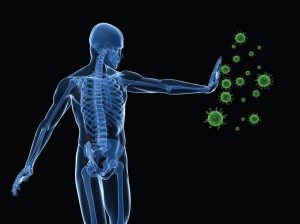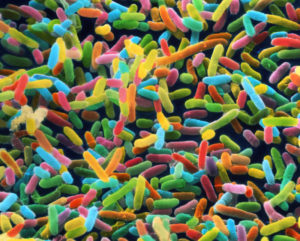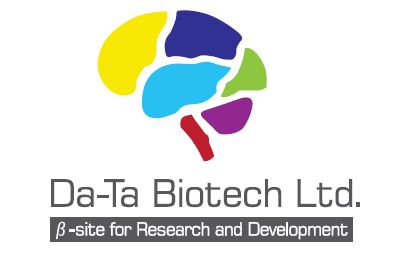Bacterial infections are a major cause of disease and death worldwide. The innate branch of the mammalian immune system, which recognizes and reacts to general characteristics of pathogenic organisms, has a key protective role. Writing in Nature, Zhou et al.1 describe a mechanism by which the innate immune system is activated in response to bacterial sugar molecules. This finding broadens our understanding of the types of molecule that can be recognized as hallmarks of bacterial infection and the host proteins that can recognize such molecules.
A key advance in our understanding of how the innate immune system functions was the identification of proteins called pattern-recognition receptors (PRRs), which recognize ‘non-self’ molecules termed pathogen-associated molecular patterns (PAMPs). Beginning with the Toll and Toll-like receptor PRRs2–4 in the late 1990s, the identification of PRRs and the PAMPs that they recognize has proceeded at a breathtaking pace.
A key function of PRRs is to help drive the expression of secreted proteins called cytokines, which alert the immune system to the presence of infection. The transcription factor NF-κB is a central regulator of cytokine expression. Zhou and colleagues studied human cells grown in vitro to try to identify pathways that activate NF-κB in response to infection by the bacterium Yersinia pseudotuberculosis. This bacterium has a needle-like, multiprotein structure called a type III secretion system (T3SS), which is required for the direct transfer of bacterial proteins into host cells. T3SSs are evolutionarily conserved in many pathogenic bacteria.
Zhou et al. took an unbiased approach and screened a collection of Y. pseudotuberculosis genetic mutants to identify bacterial genes that are linked to NF-κB activation in response to infection. This led the authors to focus on the enzyme HldE, which catalyses steps in the biosynthetic pathway that generates lipopolysaccharide (LPS) molecules. LPS is an essential component of the cell surface of a subset of bacterial pathogens called Gram-negative bacteria.
Using genetically mutated bacteria and purified sugar molecules, the authors sought to pinpoint the molecules in the LPS biosynthetic pathway that stimulate NF-κB activation. They found that the presence of bacterial sugars, including ADP-β-D-manno-heptose (ADP-Hep) and D-glycero-β-D-manno-heptose 1,7-bisphosphate (HBP), in the host-cell cytoplasm triggered NF-κB activation. This is consistent with a study5 of Neisseria meningitidis bacteria that demonstrated that HBP can trigger NF-κB responses in host cells. Crucially, Zhou et al. showed that ADP-Hep is 100 times more potent than is HBP at activating NF-κB. They found that addition of ADP-Hep to the extracellular environment of host cells can activate NF-κB, suggesting that dedicated host-cell transporter proteins deliver ADP-Hep to the host’s cytoplasm.
No PRR was known to recognize ADP-Hep. To search for one, the authors used a gene-editing approach to conduct a screen in which they generated random mutations in host cells and tested whether the mutations affected ADP-Hep recognition. They uncovered two candidate genes that respectively encode the kinase enzyme ALPK1 and the protein TIFA, and showed that these are required for NF-κB activation in response to ADP-Hep in host cells (Fig. 1). A previous study had revealed5 that TIFA is required for recognition of HBP from N. meningitidis. ALPK1 and TIFA signalling has also been linked to HBP-dependent host activation of NF-κB in response to infection by the bacteria Shigella flexneri6 and Helicobacter pylori7. Using biochemical approaches, Zhou and colleagues demonstrated that ADP-Hep binds directly to the amino terminus of ALPK1. The authors solved the X-ray crystal structure of ALPK1 in a complex with ADP-Hep, and validated their structural model by testing the effect of mutations in ALPK1 that were predicted to impair its binding to ADP-Hep….

